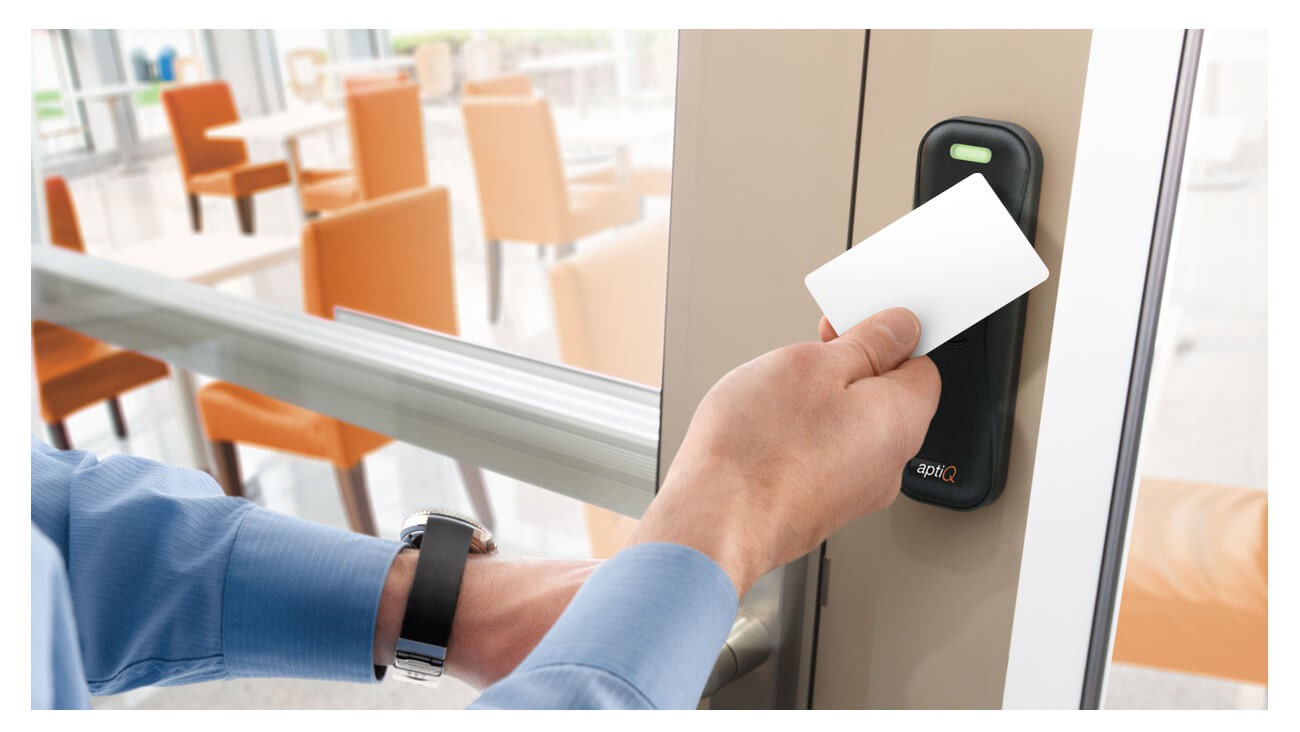ID cards have a whole handful of benefits, from strengthening security, managing access, gathering employee info and projecting professionalism. They allow a business or organization to secure itself effectively without paying through the nose to do so. Of course, at Avon Security Products we’re a little biased, but we can’t help but be; when you’re dealing with a product so versatile and streamlined, it’s easy to be proud!
But one question that crops up often, when dealing with companies looking to implement an ID card system, is whether they should go for the magstripe cards – those ubiquitous cards with the black, magnetic stripe near the top – or “proxy cards” – contactless cards that you tap for entrance. The short answer here is that they are both wonderfully effective at providing all the aforementioned benefits, and only differ slightly in terms of quickness, price and functional capacity.
Let’s start with magstripes (short for magnetic stripe, if that wasn’t apparent!). These cards date all the way back to 1969, the same year the US landed a man on the moon, and while they aren’t quite as visually impressive as a moon landing, they were “one giant leap” for the security industry. They remained the industry for the next 40 years, and for very good reason – they are inexpensive, versatile and require only a quick swipe through a magstripe reader to verify someone.
As you might expect, magnetic stripe cards use magnets to encode information, and can support a wide range of data formats, which has made them the go-to choice for banks, government IDs and even hotels. Just as the data formats can be flexible, the card itself is also physically flexible, meaning that it’s not easy to break when kept in a pocket or pocket, or when it’s being passed through the reader. Check out our ID card printers, like the Polaroid/Valid P3500S ID Card System to get a better sense of the versatility of these cards, as well as the inexpensiveness of their printers. The cards themselves are also very inexpensive, costing only between 25-39 cents per card at Avon Security Products.

Then you have the “proxy card”, or proximity card – the new kid on the block. The advantage here is that these cards are contactless, requiring the user to merely hover the card around the reader to be granted access. You might ask why proximity cards are necessary, and the short answer is that it boils down to a timesaving measure. In high traffic places of business, the time it takes per access can be quite important, and the tap of a contactless card can save time.
There are two additional benefits to contactless cards that may not seem apparent at first. Because these cards don’t make physical contact with their reader, they don’t wear down quite as quickly as a magnetic stripe card might. Also, they make for a more accessibility-friendly experience, better for people with vision loss and other people with disabilities for whom the magstripe may be difficult to use.
Compare this with their relatively higher price, however. They are by no means expensive – after all, we are Canada’s largest, most cost-effective proximity card supplier – but they do cost more than magnetic stripe cards. Many proximity cards are left blank, as well, meaning they aren’t personalized with a photo and logo, which is something to keep in mind when weighing your options.
At the end of the day, it all depends on what you’re using it for. Want a simple system to ensure security at your small office? Magnetic stripes are going to do the trick! Want a quicker, more high tech card for your high-volume building? Go for the proximity cards. And, of course, if you have any further questions about either of these card types, please don’t hesitate to contact us.
